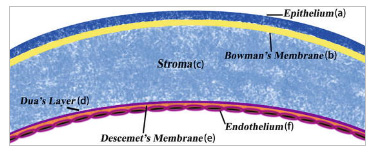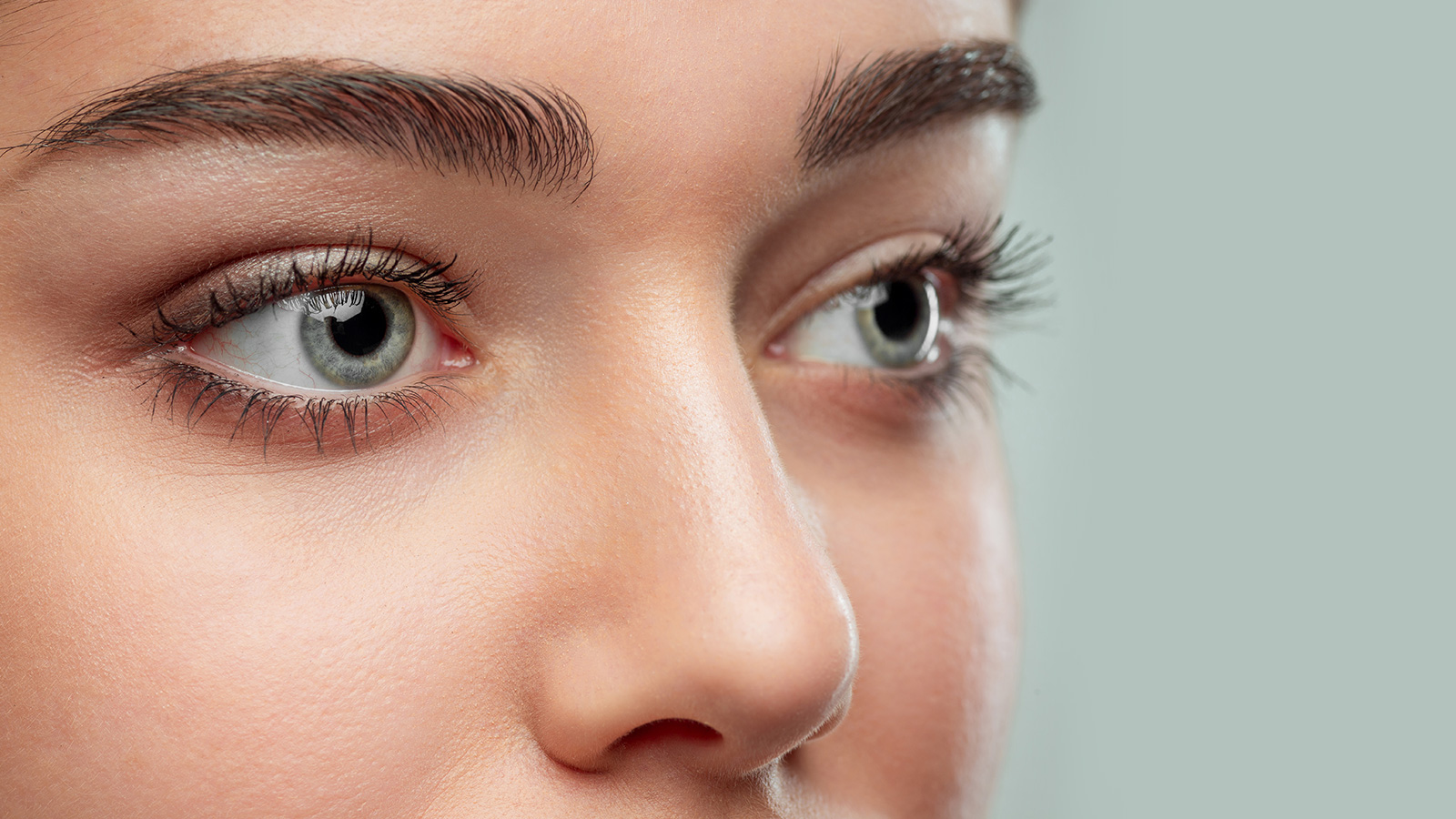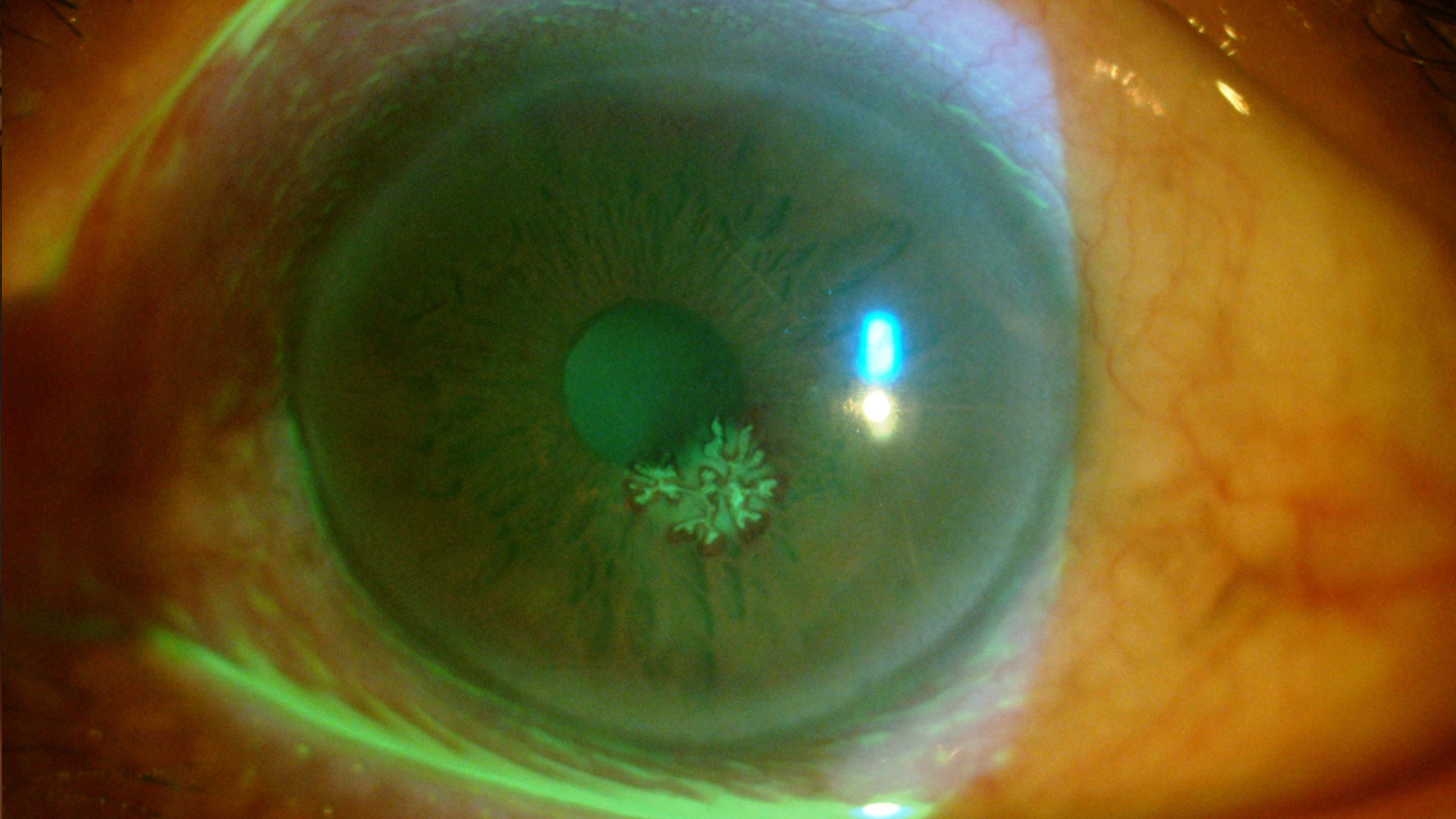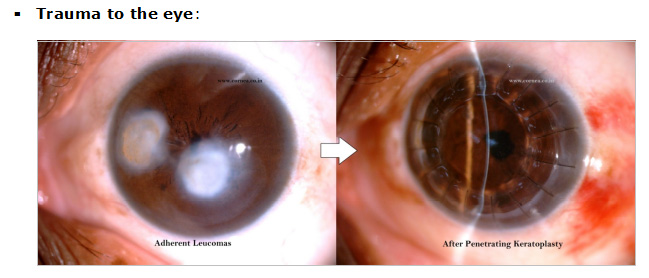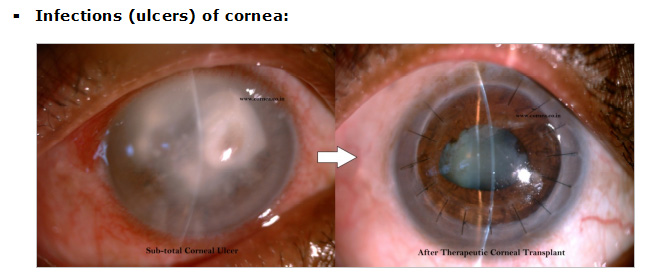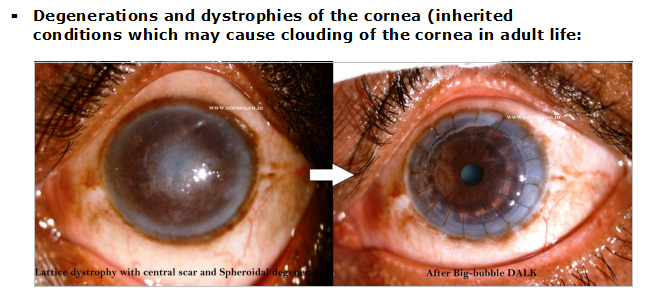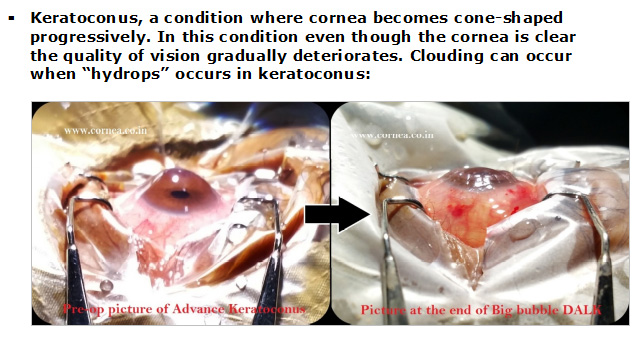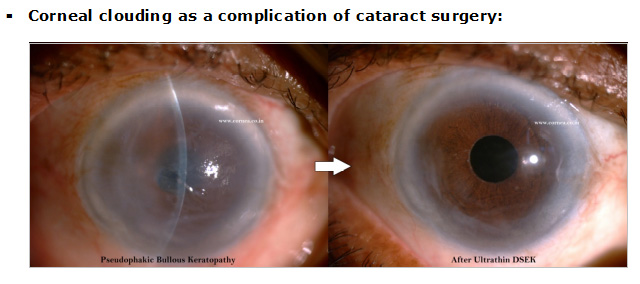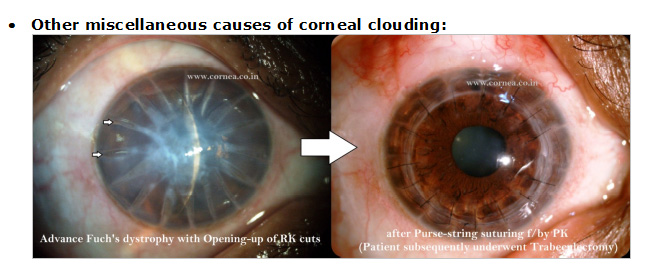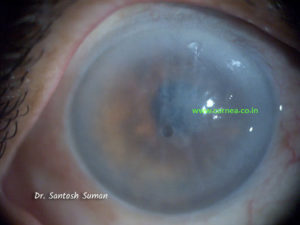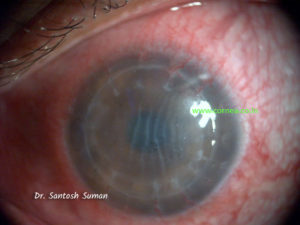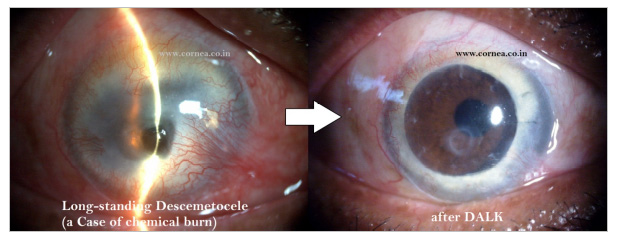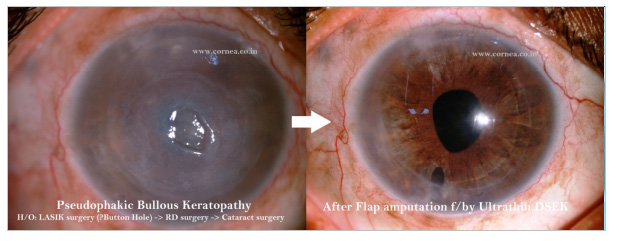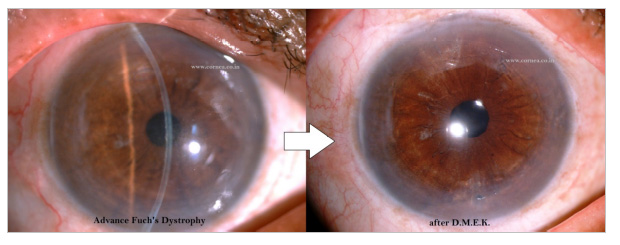There are six layers in the cornea:
1) Epithelium: It is the outermost layer of about 6 layers of cells. It has strong regenerative capacity, if limbal stem cells are intact.
2) Bowman’s Membrane: It is a tough acellular layer, mainly composed of collagen.
3) Stroma: about 90% of thickness of cornea is comprised of stroma. Stroma consists of regularly arranged collagen fibers intermixed with keratocytes.
4) Dua’s layer: This layer has been recently discovered by Dr Dua. It is very thin (5 to 20 micron thick) layer
5) Descemet’s membrane: It is the thin acellular layer made of Type-IV collagen mainly. Descemets layer serves as the purpose of basement membrane of endothelium.
6) Endothelium: It is the innermost layer of cornea made of single layer of cells and is about 5 micron thick. Unlike corneal epithelium, the endothelial cells do not regenerate. Instead they stretch to compensate for dead cells which reduce the density of these cells. Endothelium is responsible for maintaining fluid and solute transport between stroma and aqueous. If diseased endothelium is not able to maintain fluid balance, stromal swelling occurs and cornea loses its transparency.
